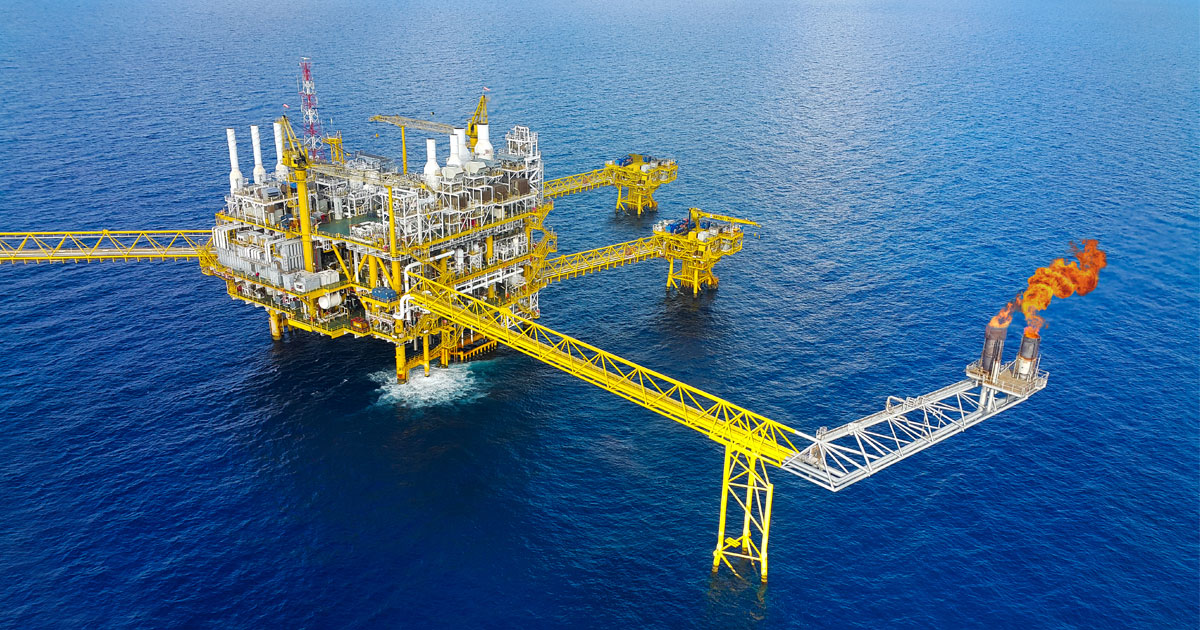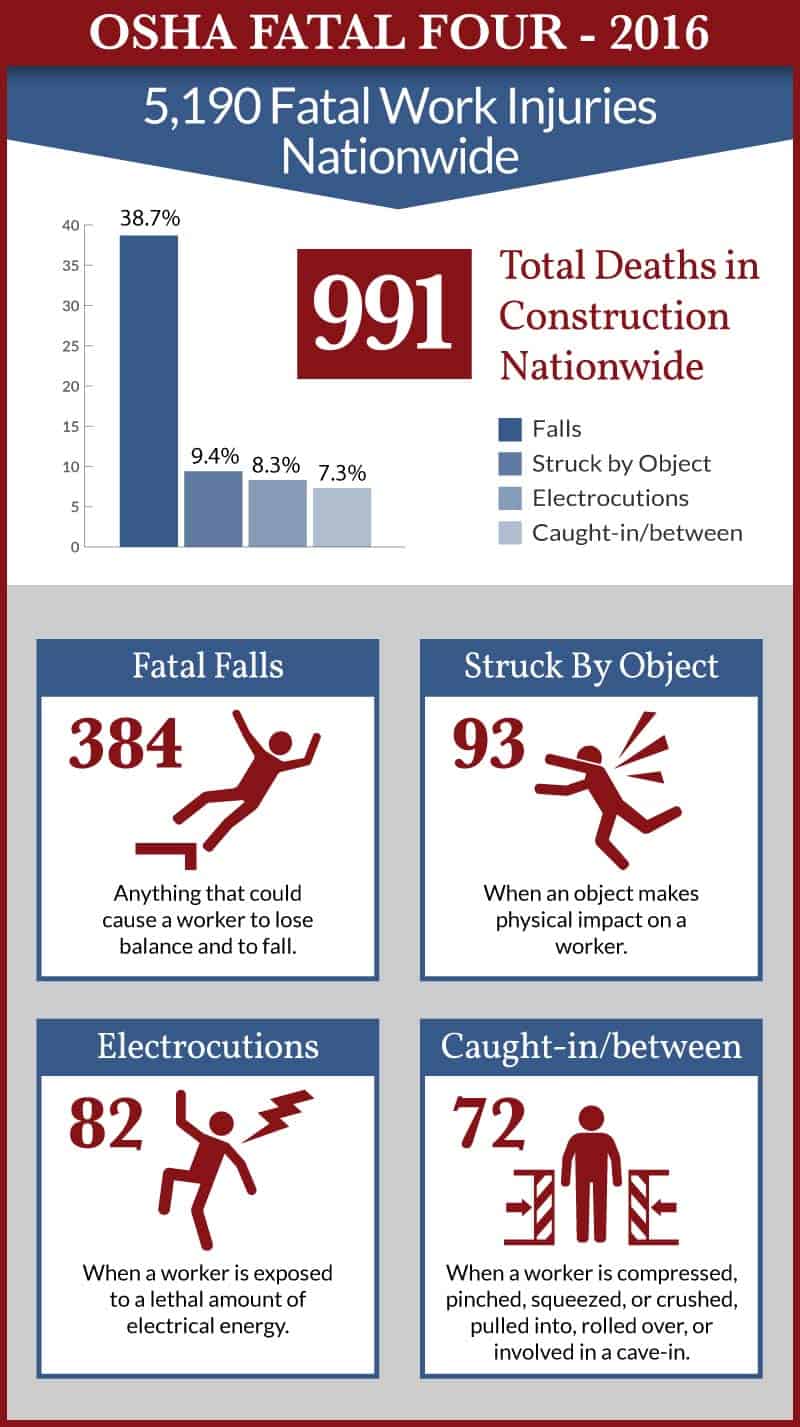DOI Concerned for Safety of Workers at Offshore Renewable Energy Facilities

The workplace can be many different places. Land-based work is generally under the jurisdiction of the Occupational Safety and Health Administration (OSHA) or state agencies under its purview. OSHA and state equivalent agencies set workplace standards, perform inspections, and issue citations requiring corrective action to protect workers. However, there are exceptions to OSHA’s jurisdiction over water-based workplaces.
DOI Authority
In 2005, the Energy Policy Act amended the Outer Continental Shelf Lands Act (OCSLA), which gave the Secretary of the Interior authority to oversee renewable energy activities on the Outer Continental Shelf (OCS). The oversight includes:
- Issuing leases, rights-of-way, and rights-of-use and easements on the OSC for energy-related activities other than oil and gas
- Issuing regulations so that activities on renewable energy on the OCS provide for safety
The Department of Interior, who regulates renewable energy facilities, recently issued a press release stating that it will oversee worker safety and health at offshore renewable energy facilities on the OCS. The Bureau of Safety and Environmental Enforcement indicated it leased about 1.7 million acres of the OCS for development of offshore wind energy facilities and already has 15 active leases in the Atlantic Ocean.
Overview of Regulation of Renewable Energy Facilities
The Bureau of Ocean Energy Management (BOEM) in the DOI adopted regulations regarding renewable energy facilities on the OCS. These regulations ensure that activities at offshore facilities are performed in a manner that provides for safety, protection of the environment, prevention of waste, and conservation of the natural resources of the OCS.
The process for being granted permission for operating renewable energy facilities on the OCS is relatively complex. Before workers are present at the location, the DOI reviews and evaluates several plans, including a Site Assessment Plan, a Construction and Operations Plan, and a General Activities Plan. After the plans are accepted, a Facility Design Report, a Fabrication and Installation Report, and a Safety Management System are all required to be prepared, submitted for review, and approved by the DOI.
General instructions for complying with safety and environmental requirements require using trained personnel and technologies, precautions, and techniques that will not cause undue harm to natural resources. In addition, all terms and conditions in approved plans must be met.
Safety-Specific Regulations
To protect employees or others at the facilities, BOEM’s regulation requires the facility establish a Safety Management System. It must address:
- How safety of personnel will be ensured
- Remote monitoring, control, and shut down capabilities
- Emergency response procedures
- Fire suppression equipment
- How and when the Safety Management System will be tested
- How workers are properly trained
Cape May Maritime Accident Lawyers at Freedman & Lorry, P.C. Advocate for Injured Maritime Workers
If you or someone you know was injured at sea, contact an experienced Cape May maritime accident lawyer at Freedman & Lorry, P.C. Located in Philadelphia, Cherry Hill, New Jersey, and Pinehurst, North Carolina, we serve clients throughout South Jersey, including Wildwood and Cape May. Call us at 888-999-1962 or submit an online form to schedule a free consultation.
